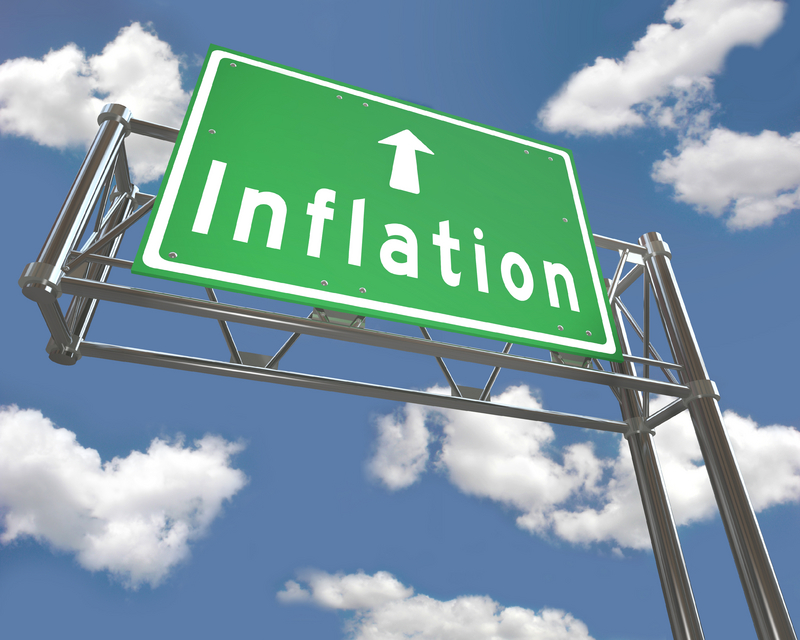Household Bills
CPI inflation doubles to 0.6%

The UK consumer prices index (CPI) rose by 0.6% in the year to December, up from 0.3% in November, according to the Office for National Statistics (ONS).
Rising transport costs contributed 0.11 percentage points to the monthly change, while increasing prices for clothing, and recreation and culture items both contributed 0.10 percentage points to help increase inflation. These were partially offset by a downward contribution from falling food and non-alcoholic beverage prices.
CPI including owner occupiers’ housing costs (CPIH) 12-month inflation rate was 0.8% in December 2020, up from 0.6% in November 2020.
Rachel Winter, associate investment director at Killik & Co, said: “As we start the new year in a third national lockdown, and the continued impact on jobs is felt widely, consumers will be tightening the spending reins which is likely to put downward pressure on inflation. However, the figures for December show that a surge in Christmas spending has propped up inflation numbers for now, although it remains very low compared to previous years.
“It is essential that savers continue to monitor their options. With interest rates at record lows and the Bank of England keeping an open mind when it comes to negative interest rates, many will find that their savings are not keeping pace with inflation.”
According to Moneyfacts, savers can’t keep pace with inflation in an easy access account without restrictions on age, location, or having a linked current account. The highest easily accessible rate on offer is currently 0.5%, while the average easy access account pays 0.18%.
Savers can beat inflation with the most competitive one-year fixed rate account (0.8%), but not the average rate, which Moneyfacts puts at 0.49%.
Sarah Coles, personal finance analyst at Hargreaves Lansdown said: “Inflation continues to bounce around below 1% like a caffeinated flea. Unusual pricing patterns produced by the pandemic doubled inflation in December – to 0.6%. It means trying to beat this moving target with your savings has become increasingly exhausting.
“The crisis has shifted discounting around, so we get one month of rock bottom inflation, followed by a month of slightly bigger price rises. Take clothes, for example, Black Friday discounts were extended in November to keep us shopping during the lockdown. This was a big drop in prices from 2019 (a more normal year when party clothes were at full price) which helped push inflation down to 0.3%. Then, once some restrictions were lifted in December, clothes prices rose slightly when normally they would be in the Christmas sales, helping to push inflation up again.
“To make matters worse, higher inflation is expected to kick in during 2021. There are disagreements on exactly how high it will go, but there’s a broad consensus that it’s on the way up, which is going to take a toll on savings languishing in accounts paying next to nothing.”